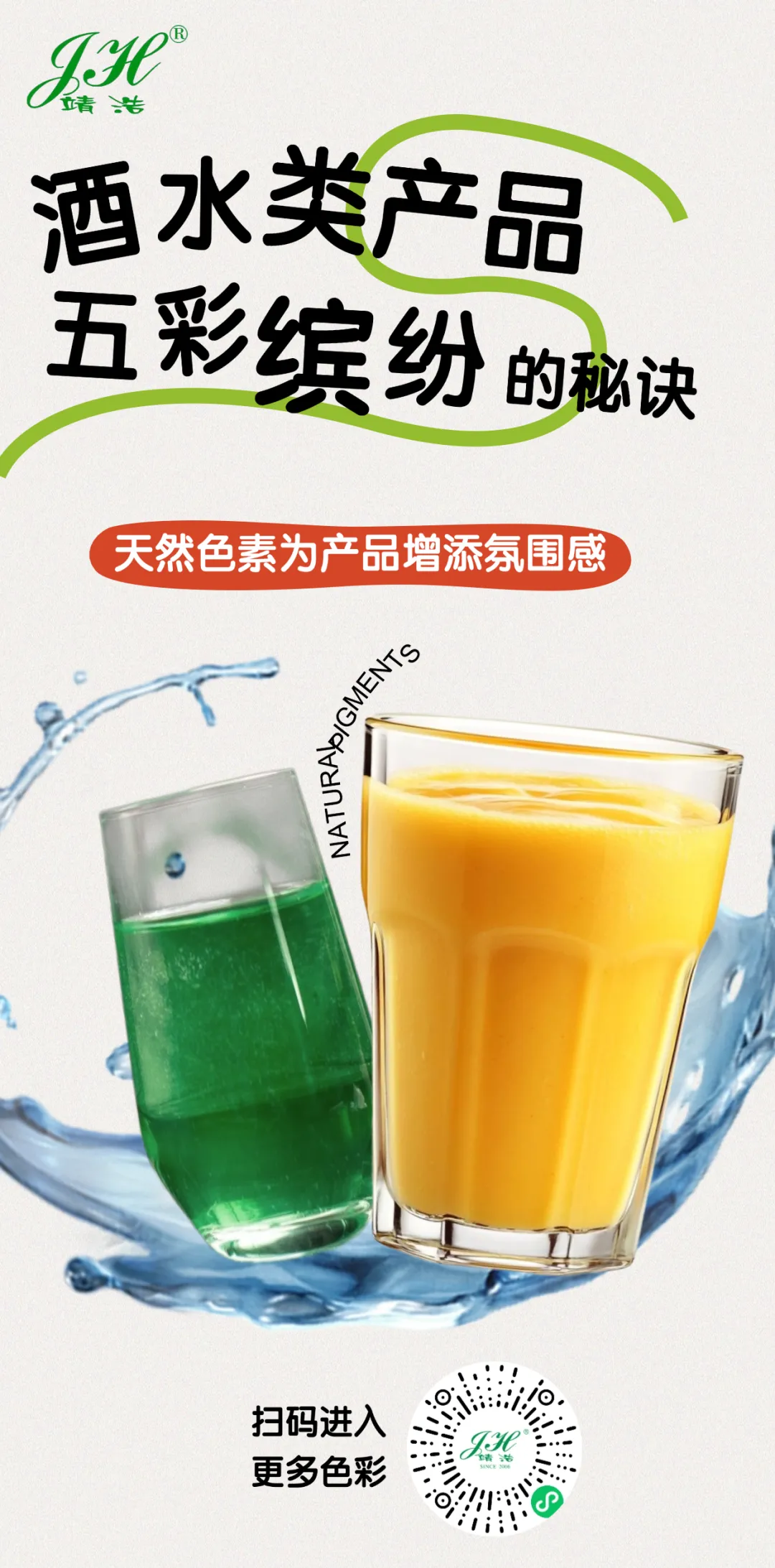

Spring Festival, the entire country is immersed in an atmosphere of joy and harmony. Streets and alleys are adorned with decorations, every family celebrates with laughter, and during this festive moment, wine products have undoubtedly become an indispensable part of the celebration.
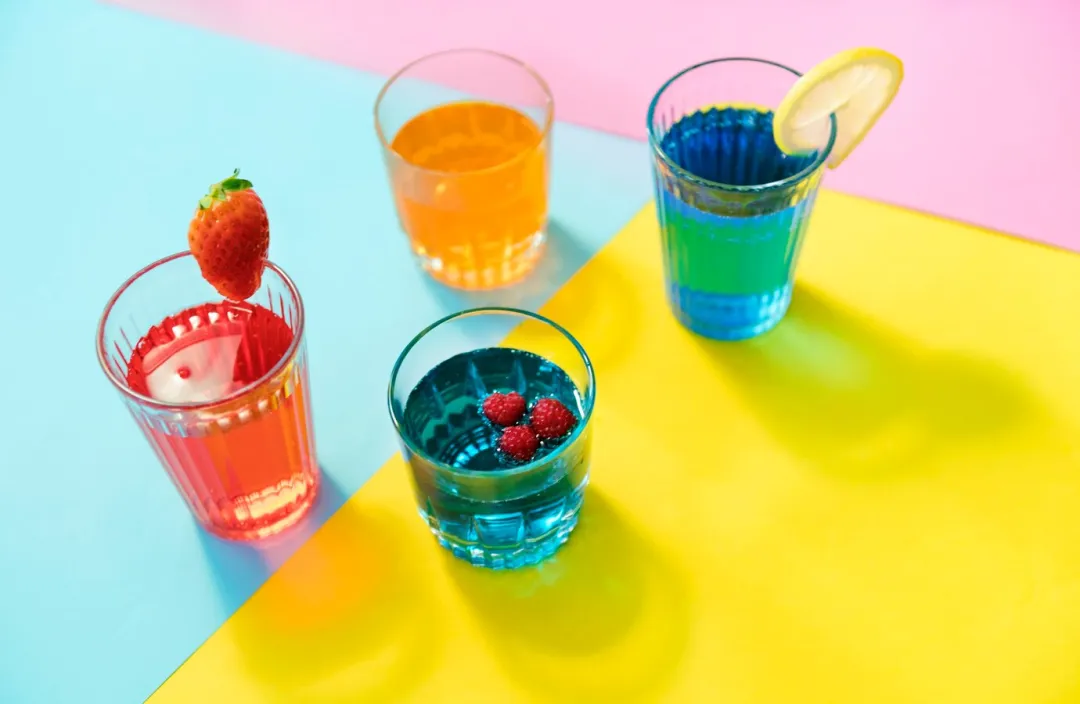
This year's wine market is demonstrating unprecedented prosperity. From traditional alcohol and yellow rice wines to emerging fruit wines, sparkling wines, and even children's favorite fruit juices, a wide variety of products cater to diverse preferences. According to data from Nielsen and Euromonitor, wine sales can increase by 20% to 30% during the holiday season.

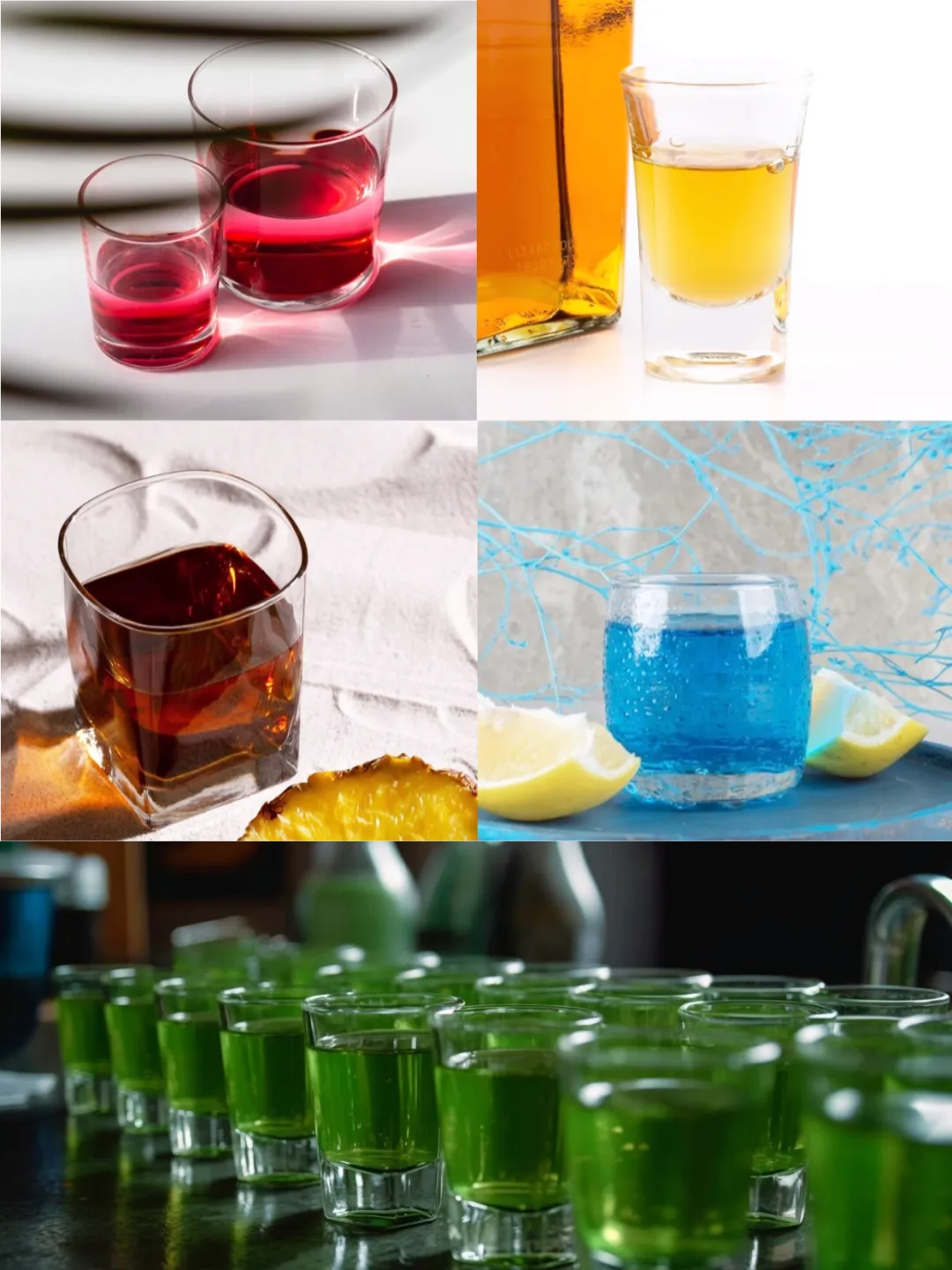
In the bustling beverage market, color serves not only as the product's outer appearance but also as the emotional bridge connecting consumers and products. In recent years, with the continuous evolution of consumer preferences, the color trends in the beverage industry have exhibited diverse characteristics. Simultaneously, as the concept of sustainable consumption becomes deeply ingrained, more consumers are paying attention to the environmental properties and health values of products. Consequently, beverages with natural health attributes and clean labels have gained popularity among consumers. The addition of natural pigments not only meets consumer health demand but also enhances the visual appeal of the product.

In recent years, the color trends of wine products have been influenced by consumer aesthetics, cultural trends, and brand innovations. For example, pink strawberry liqueurs, blue-purple blueberry liqueurs, and green green tea sake showcase how different flavors correspond to distinct colors. These colorful new products enable consumers to associate specific tastes with product hues while meeting their expectations for product appearance. In the production of wine (food classification number: 15.02), a variety of natural pigments can be utilized to achieve desired colors.
Red pigments: carmine cochineal , beet red, radish red, sorghum red, monascus red, red rice red.
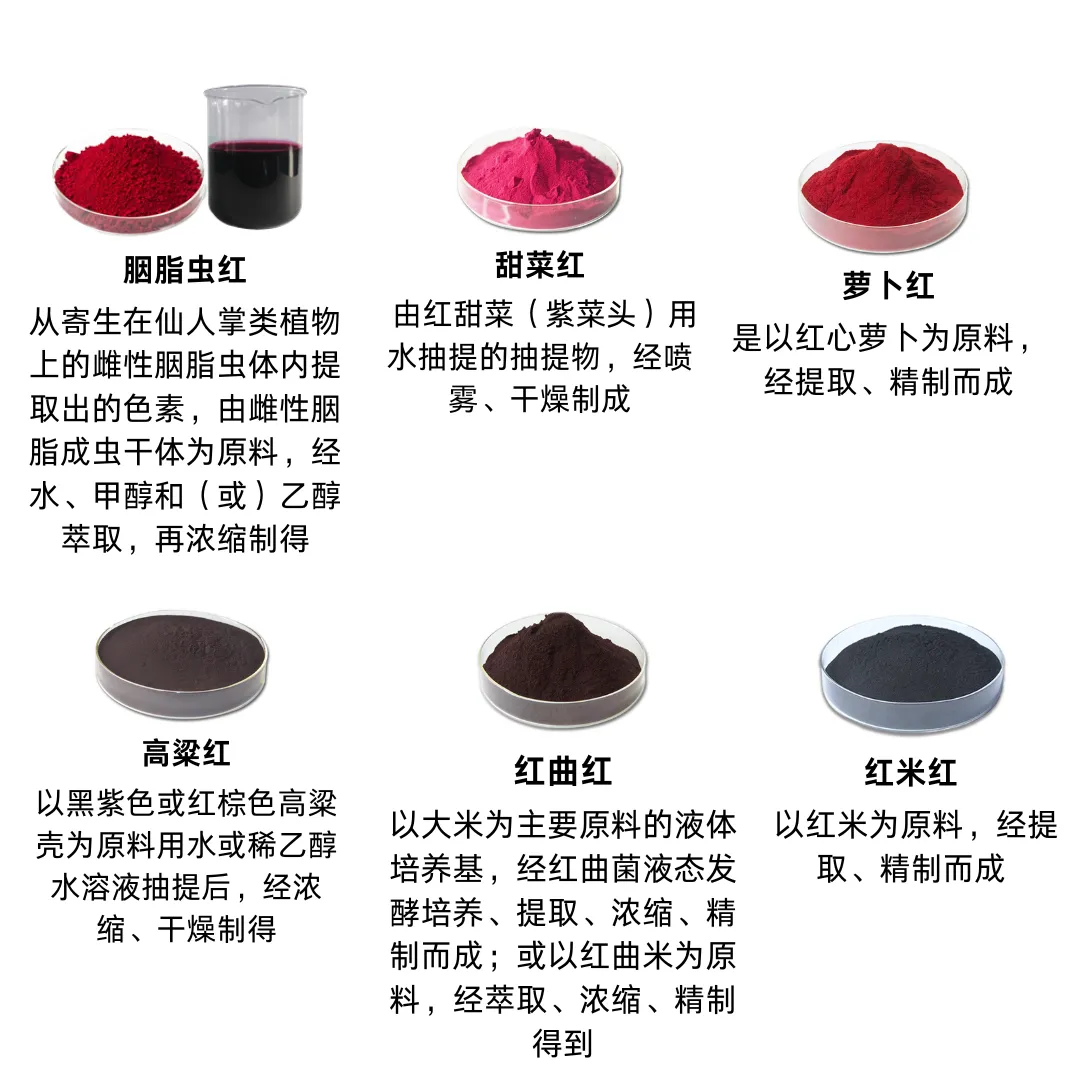
Orange-yellow pigments: natural carotene, gardenia yellow, turmeric, carthamins yellow, monascus yellow.
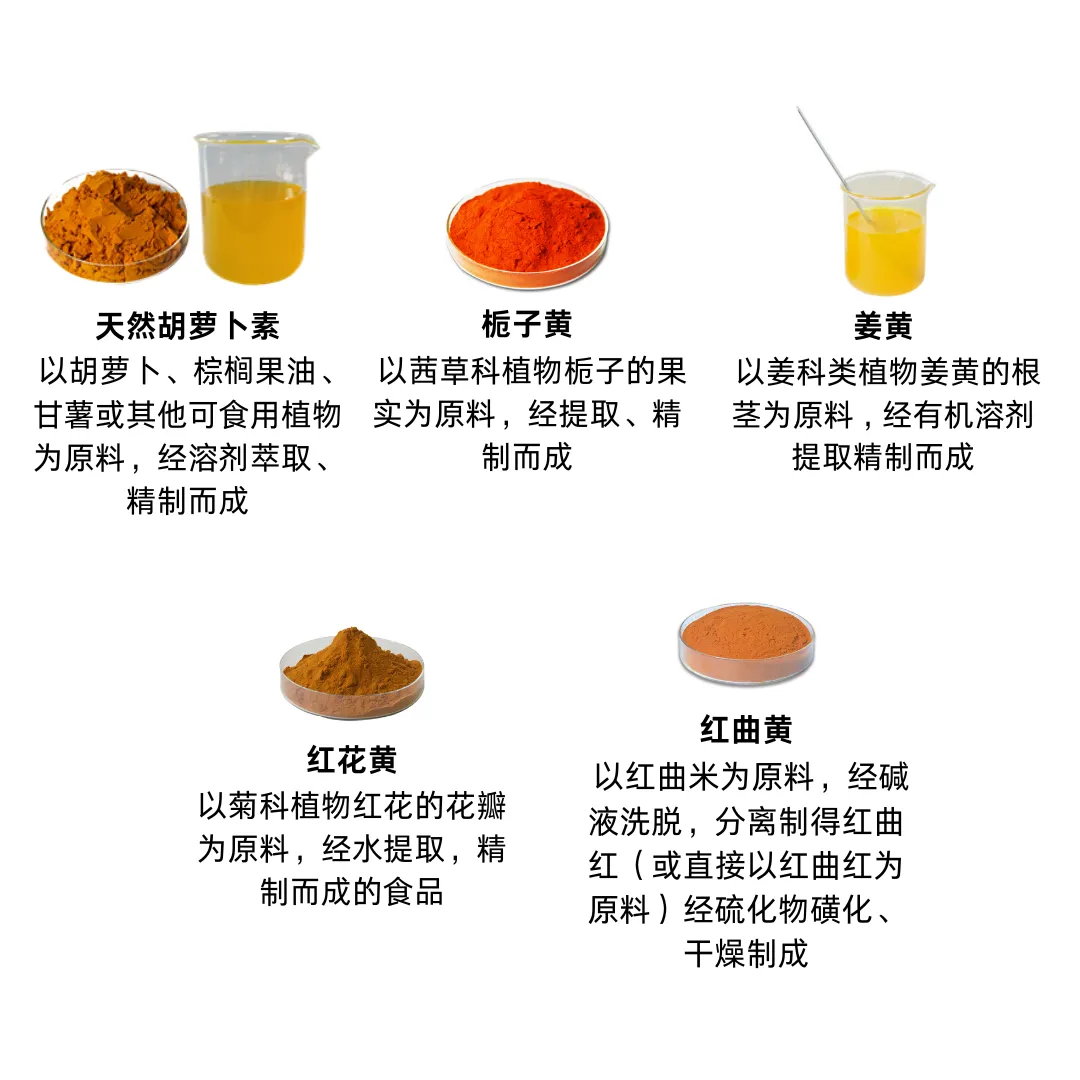
Brown pigments: cocao husk pigment
Green pigments: sodium copper chlorophyllin salt.
Blue-purple pigments: gardenia blue, purple sweet potato color.
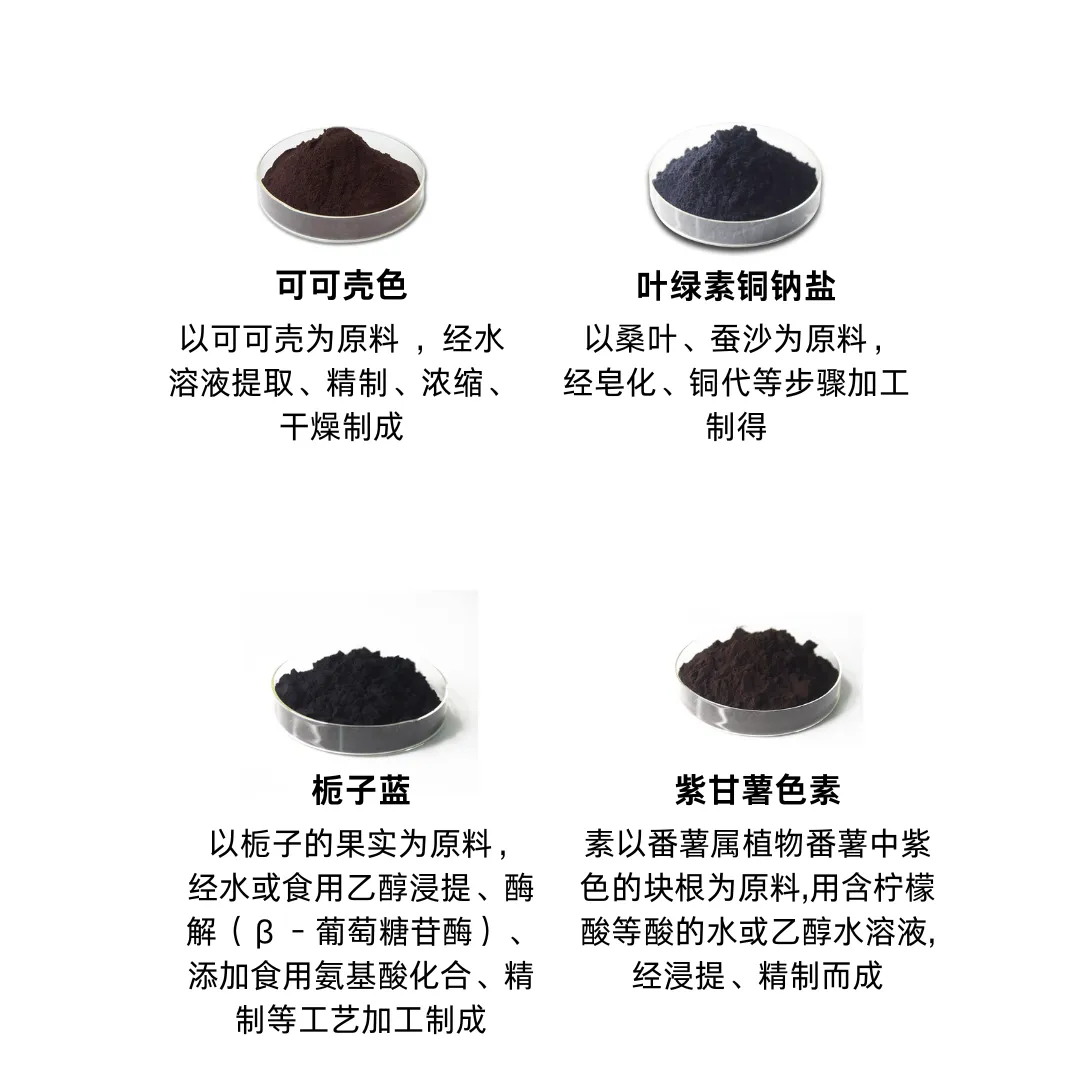

According to Kantar Worldpanel, pink and purple drinks are gaining increasing market share among female consumers. Pink drinks (e.g., strawberry-flavored beverages) appeal to women due to their visually appealing appearance and sweet taste. To create red or pink fruit and vegetable juice (pulp) drinks (food classification number: 14.02.03), one can use monascus red, paprika red, radish red, carmine cochineal, beet red and sorghum red.
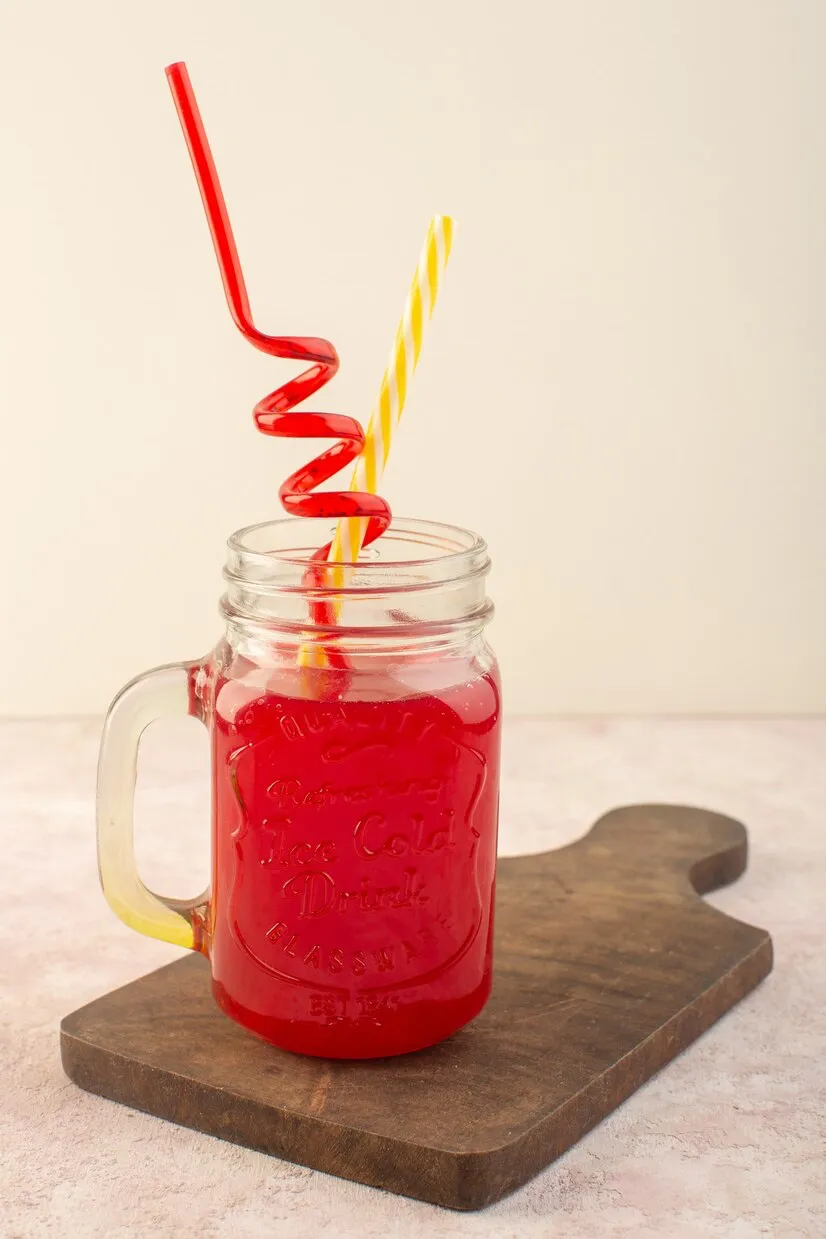
Purple drinks (e.g., grape juice, blueberry-flavored beverages) have become a trend because of their unique appearance and health benefits (associated with anthocyanins). The purple or blue color of such products can be enhanced using purple sweet potato color or gardenia blue.
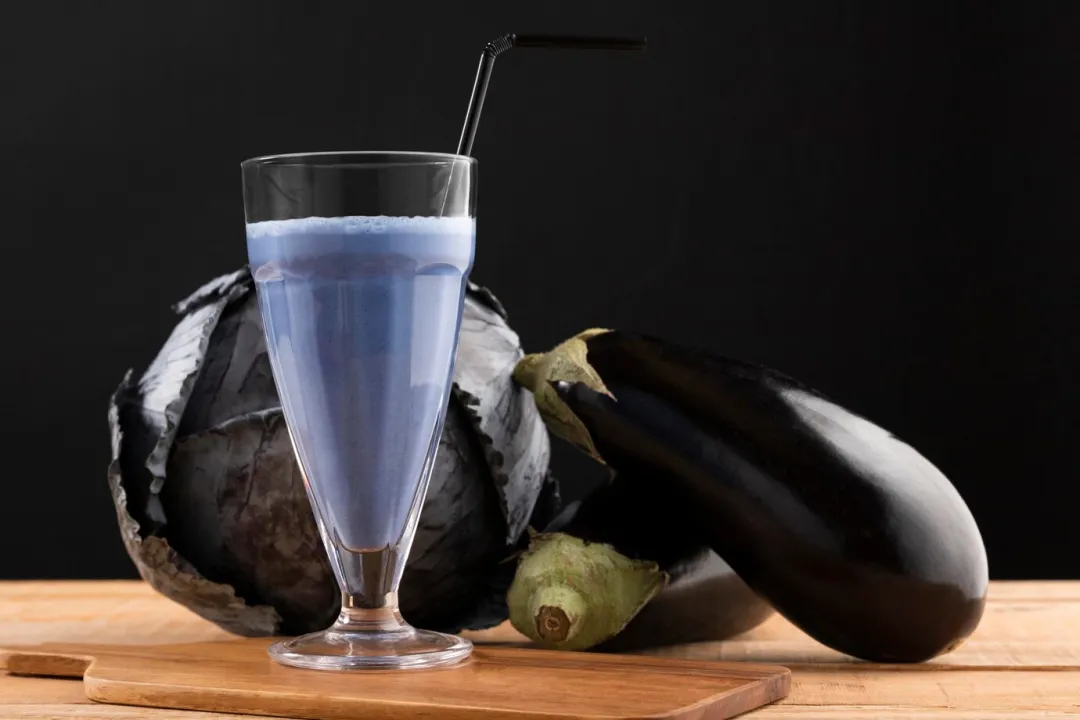
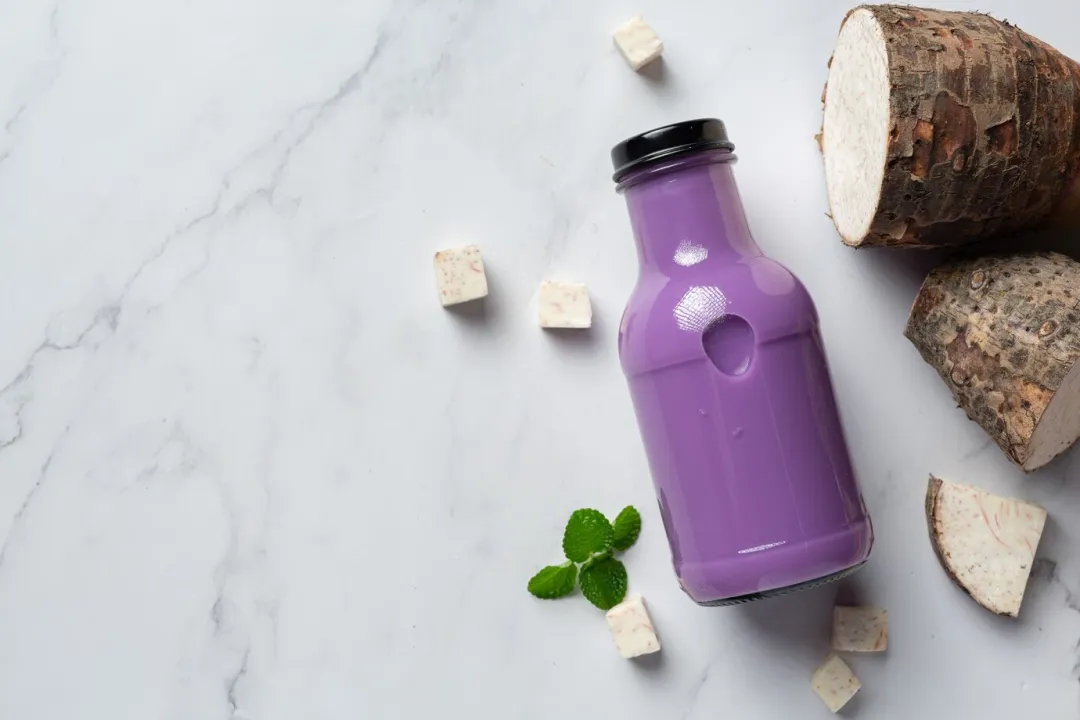
Orange drinks (e.g., orange juice, citrus, mango-flavored beverages) remain popular due to their vibrant colors and associations with vitamin C. β-carotene, carthamins yellow, monascus yellow, gardenia yellow, annatto extract, lutein, and natural carotene can be used to achieve these colors.
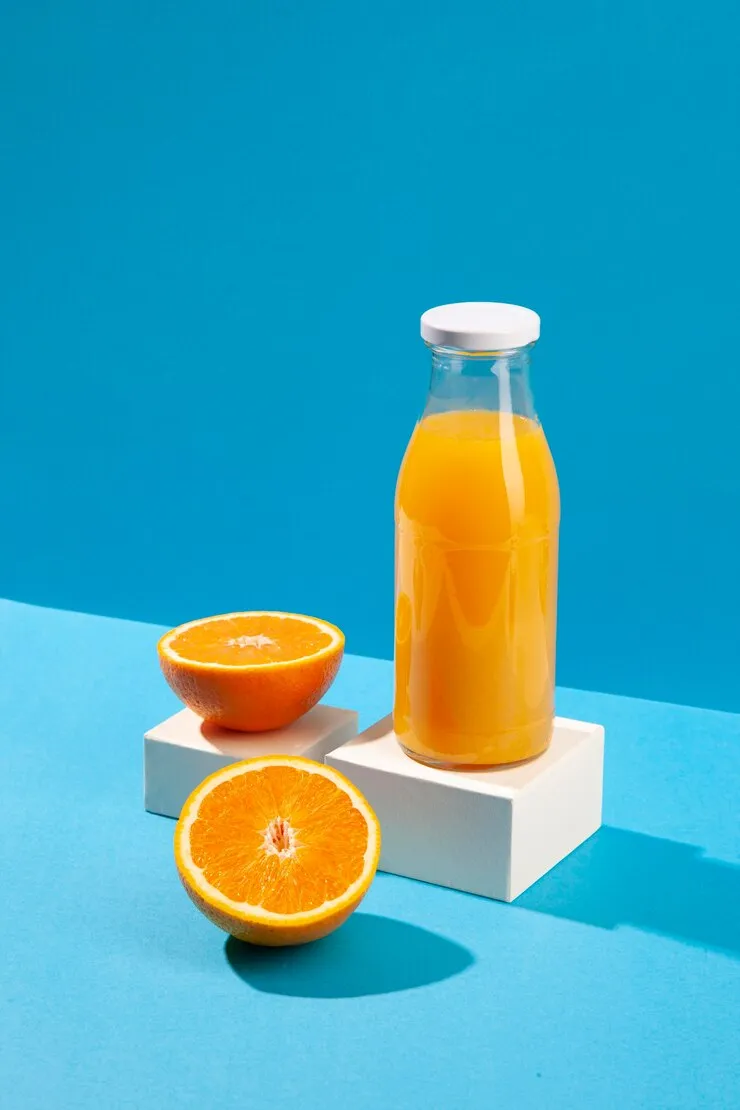
Green-colored beverages evoke a healthy and natural image, making them continuously chased after by consumers. Sodium copper chlorophyllin salt can be used to achieve this color.
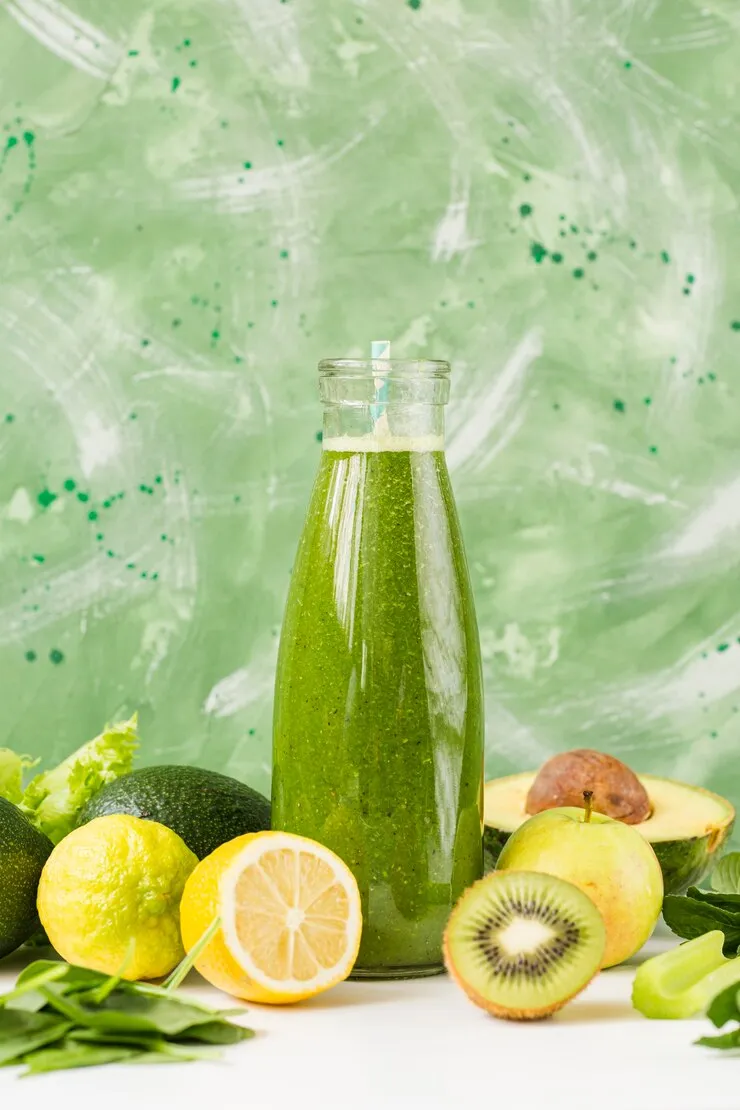
With the rise of social media, color plays an increasingly prominent role in beverage marketing. An attractive color not only stimulates consumers' purchasing desire but also triggers topics and discussions on social media, thereby driving product sales and enhancing brand influence. Therefore, more beverage brands are focusing on color selection and usage, striving to convey the unique charm and value proposition of their brands through color.
For more sweeteners, natural pigments and related information, please call us or mail us:
COMPANY: ZHUHAI JINGHAO BIOLOGICAL-TECH CO.,LTD.
ADDRESS: AREA B, 4-3 FLOOR , NO. 5 BUILDING , CHUANGYE WEST ROAD, SHUANGLIN SECTION, LIANGANG INDUSTRIAL ZONE, JINWAN DISTRICT, ZHUHAI CITY, GUANGDONG PROVINCE, CHINA. P.C. 519000.
WEB.: http://www.biolo-tech.com E-MAIL: info@biolo-tech.com
TEL.: 0756-6255288/0756-6255280 MOB.: 13928090373




Hot search label:
Carbon black、 Gardenia yellow、 Curcuma longa、 Natural carotene、 Tripotassium glycyrrhizinate、 Carmine、 Compound colorant、 Complex customizationZhuhai Jinghao Biological-tech Co., Ltd 粤ICP备20042151号